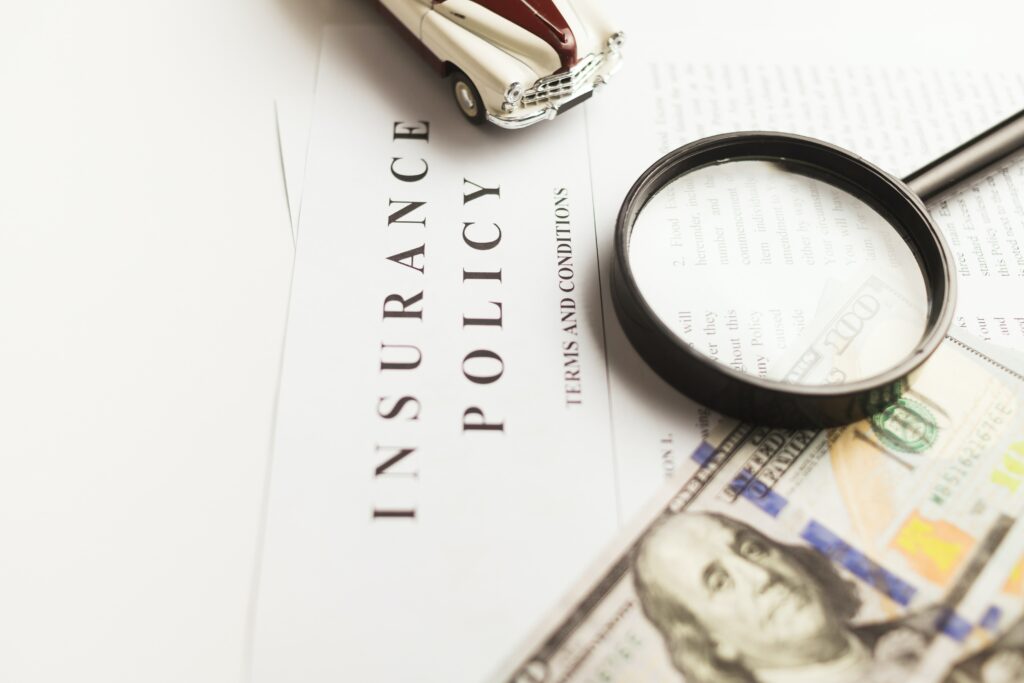
Contents
Are you worried about what to do if the at-fault driver in an accident has low insurance policy limits? If so, you’re not alone. Many people find themselves in this situation without a clue where to turn.
But don’t panic—several options are available to protect your rights and provide financial compensation for damages or injuries caused by the other driver’s negligence.
In this article, we’ll discuss the five steps you should take when faced with a low insurance policy limit from the at-fault party in an auto accident. You’ll learn why it’s important to act quickly and some tips on protecting yourself financially in such situations.
Read on to get started!
Step 1: Understand Your Insurance Policy
After an accident, you may find yourself in a situation where the at-fault driver’s insurance policy limits are low. What should you do?
Start by reviewing and understanding the details of your own coverage. This will help determine whether or not you need to seek additional support from other sources if the at-fault driver’s insurance policy limit only covers some related costs.
It might also reveal another source of compensation available for collision damages, even though the at-fault party has limited coverage. Knowing the available options can provide peace of mind when navigating this issue.
Step 2: Determine The At-Fault Driver’s Insurance Policy Limits
What are the at-fault driver’s insurance limits?
Knowing the extent of coverage is critical in deciding how best to pursue any resulting compensation.
To determine these limits, contact your insurance provider and ask them to research the other driver’s insurance policy. They should provide you with the details surrounding that individual’s plan, including information regarding liability protection and uninsured motorist coverage.
It is also helpful to speak directly with the other party’s insurer to get more detailed information about their specific policy terms.
Step 3: Consider Uninsured Motorist Coverage
Navigating the aftermath of a car accident can feel impossible. But with the right preparation and resources, you can make sense of it all – even if the at-fault driver has low insurance policy limits.
In situations like this, considering uninsured motorist coverage is key. Uninsured motorist coverage helps protect against hit-and-run drivers or those without enough liability insurance. Often, these policies are secondary to your auto insurance policy, so you don’t have to rely solely on the other party for compensation.
Here’s what having such coverage should entail:
- An understanding of how much protection is afforded by your insurer
- A clear explanation of who qualifies as an “uninsured individual” under your policy
- A breakdown of any additional benefits or restrictions associated with filing a claim through them
Ultimately, uninsured motorist coverage can provide peace of mind when dealing with someone whose insurance does not adequately cover damages caused by a car accident.
It’s worth exploring whether adding coverage makes sense for your financial situation and current risk factors. Taking proactive measures now will set you up for greater security later down the line – no matter what surprises come along the way.
Step 4: Contact A Personal Injury Lawyer
After seeking medical treatment, the next step is to contact a personal injury lawyer. An experienced attorney can provide critical advice and guide you through the legal process.
Below are four key benefits that come from working with a personal injury lawyer:
- They understand state-specific laws related to car accidents and can ensure your rights are protected.
- They will negotiate aggressively on your behalf so that you receive full compensation for any damages incurred.
- They will handle all of the paperwork associated with claims and lawsuits against insurance companies or other parties involved in the accident.
- They have experience dealing with cases involving low policy limits, increasing the chances of successfully recovering damages.
Working with an experienced personal injury lawyer offers numerous advantages when pursuing a settlement. From providing knowledgeable advice to handling complex negotiations, attorneys give victims the best chance of receiving fair compensation.
Step 5: Pursue A Settlement With The At-Fault Driver
Once you have contacted a personal injury lawyer, the next step is to pursue a settlement with the at-fault driver. You can do this through negotiations or filing a lawsuit in court. Negotiations are usually more cost-effective since they don’t involve legal fees and take less time.
If you agree on compensation, all involved will record this in writing and sign off.
On the other hand, if you don’t reach an agreement during negotiations, you may have to take the case to court. The process can be lengthy and expensive, but remember, there are laws that protect car accident victims, ensuring they receive fair compensation.
Ultimately, pursuing a car accident settlement should always be considered when dealing with low insurance policy limits from an at-fault driver.
Conclusion
The aftermath of a car accident involving an at-fault driver with low insurance policy limits can be challenging.
Remember that you have rights, and there are steps you can take to ensure you receive the compensation you deserve, starting with contacting the professionals at Injury.io for help today.